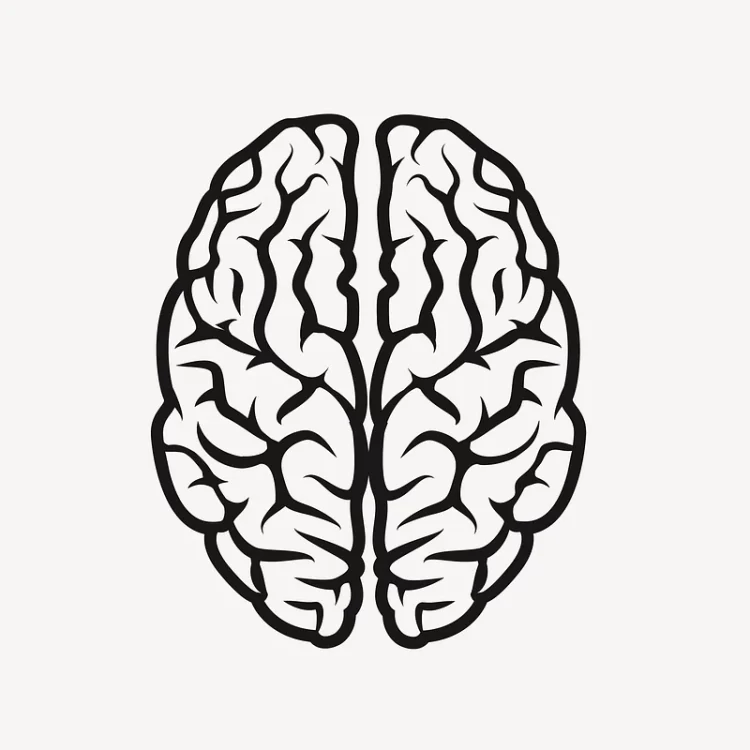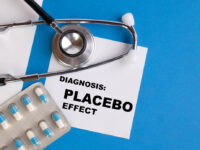Like the bottom of the ocean, major depressive disorder (MDD) is widespread, often dangerous, and yet largely shrouded in mystery. MDD impacts about 5% of the population — 280 million people worldwide — and its symptoms include the lack of ability to feel pleasure, extreme fatigue, and sleep and appetite disturbances. These symptoms cannot be measured objectively with a stethoscope or a blood pressure cuff, meaning clinicians often must rely on subjective feedback from patients themselves. Thus, finding the right course of treatment can be a lengthy process of trial and error.
“These symptoms cannot be measured objectively with a stethoscope or a blood pressure cuff, meaning clinicians often must rely on subjective feedback from patients themselves.”
Common treatments for MDD include talk therapies such as cognitive behavioral therapy and interpersonal therapy, as well as pharmacological solutions such as selective serotonin reuptake inhibitors. Those who do not respond well to talk therapy or medication may try brain stimulation procedures like electroconvulsive therapy or transcranial magnetic stimulation. For some individuals with severe MDD, none of these treatments make any difference in their symptoms. Because of the lack of “vital signs” for MDD, doctors struggle to determine why these patients are treatment-resistant and how best to help them. However, the development of an objective biomarker provides a possible solution to this dilemma. This development was introduced in a study led by Ki Seung Choi and Stephen Heisig of the Icahn School of Medicine at Mount Sinai. The study investigated deep brain stimulation (DBS) as a treatment for severe MDD and used new developments in neurotechnology and AI to track changes in subjects’ brain activity as they responded to treatment.
DBS is a surgical procedure in which electrodes are implanted in specific areas of the brain, providing electrical stimulation to relieve symptoms of neurological and psychiatric disorders. Electrical impulses are generated by a pacemaker-like device implanted in the chest, which is connected to the electrodes by a wire running under the skin. The level of electrical stimulation generated by this device can be controlled by a neurologist using a computer. DBS has been approved by the Food and Drug Administration for the treatment of movement disorders such as Parkinson’s, essential tremor, and dystonia, as well as for treatment-resistant obsessive-compulsive disorder. Although the exact mechanism for symptom relief from DBS is unclear, the prevailing theory is that it is due to increased neuron firing in the targeted areas. DBS has been studied as a treatment for severe MDD since 2005 and usually involves stimulation of the subcallosal cingulate (SCC), a component of the limbic system that is especially associated with feelings of sadness. Although the treatment’s effectiveness is well established, finding the right level of stimulation is often a process of trial and error due to the lack of objective markers of recovery.
In the DBS study, researchers recorded the brain activity of subjects throughout a 24-week course of DBS treatment and trained specialized AI to distinguish between patterns of brain activity associated with illness and those associated with recovery. Researchers controlled for depression severity using a rating scale, as well as levels of white matter damage in the SCC associated with specific rating scores. Each of the 10 subjects entered the study with a score of at least 20 and proportional white matter damage, meeting the clinical criteria for severe MDD. After 24 weeks of treatment, 9 out of 10 subjects were classified as responders (greater than 50% decrease in scores) and 7 out of 10 met the clinical criteria for remission (scores below 8). The AI trained in this study will be used in future studies to track depressed patients’ response to DBS and improve its effectiveness as a treatment.
“Doctors will have an easier time distinguishing between natural shifts in mood and genuine regression that might warrant an adjustment in treatment.”
The development of this objective way to track recovery has the potential to alleviate some of the uncertainty of treating MDD. Doctors will have an easier time distinguishing between natural shifts in mood and genuine regression that might warrant an adjustment in treatment. For patients, knowing for sure whether they are improving may be a crucial motivator for the long, grueling path ahead. Just as submarines and deep sea divers use light to navigate the ocean floor, doctors and patients will now be able to navigate the mysterious depths of MDD with a sense of direction and hope.






